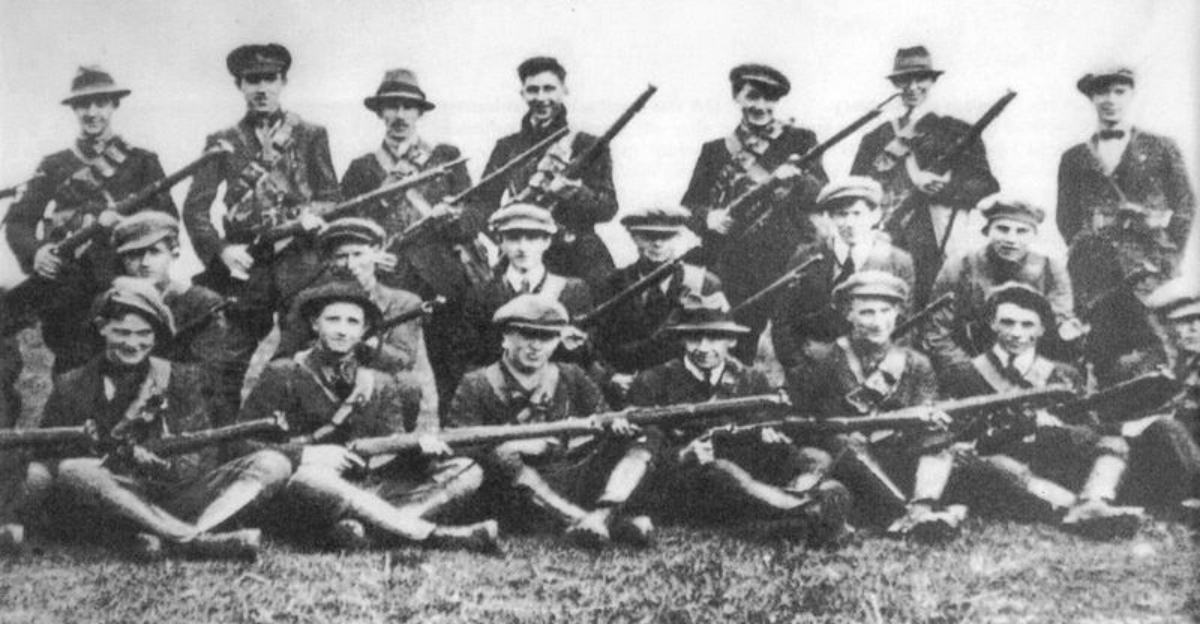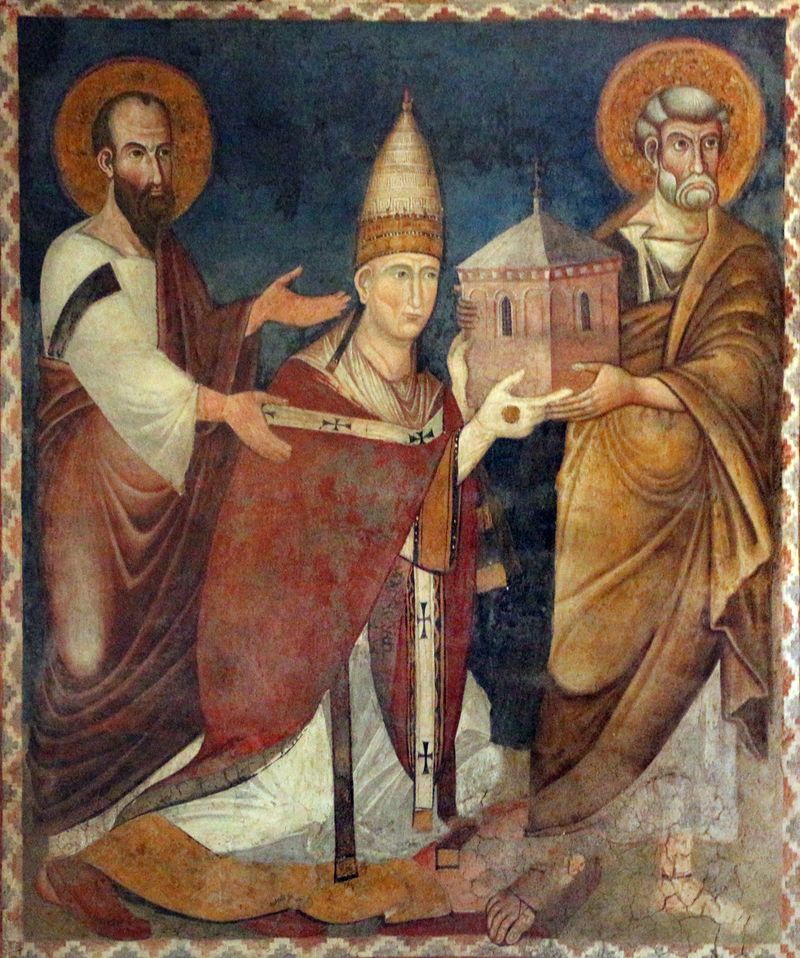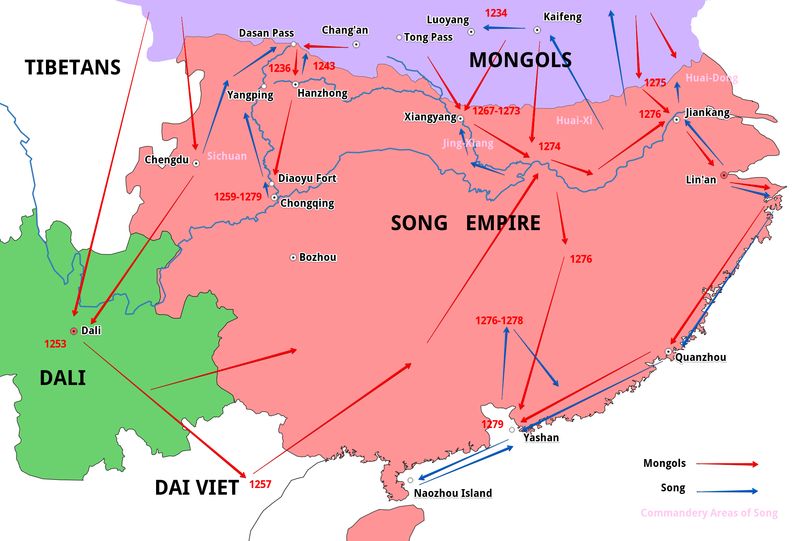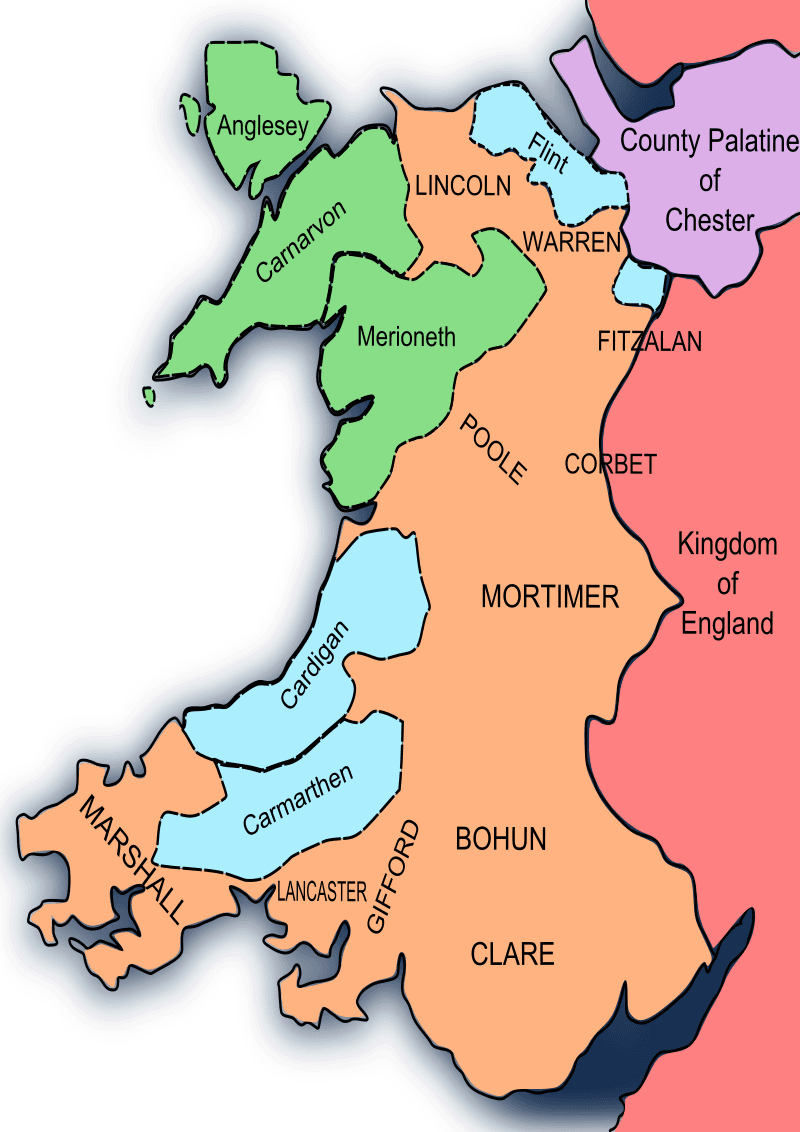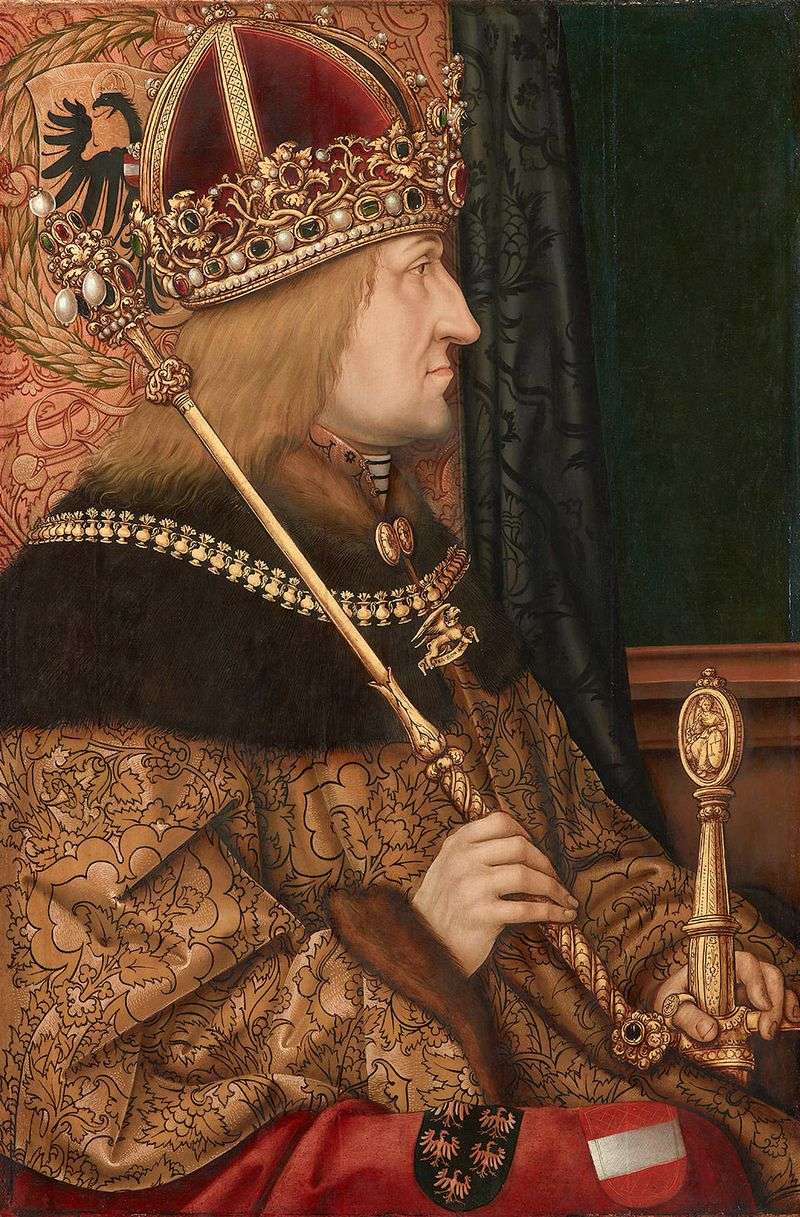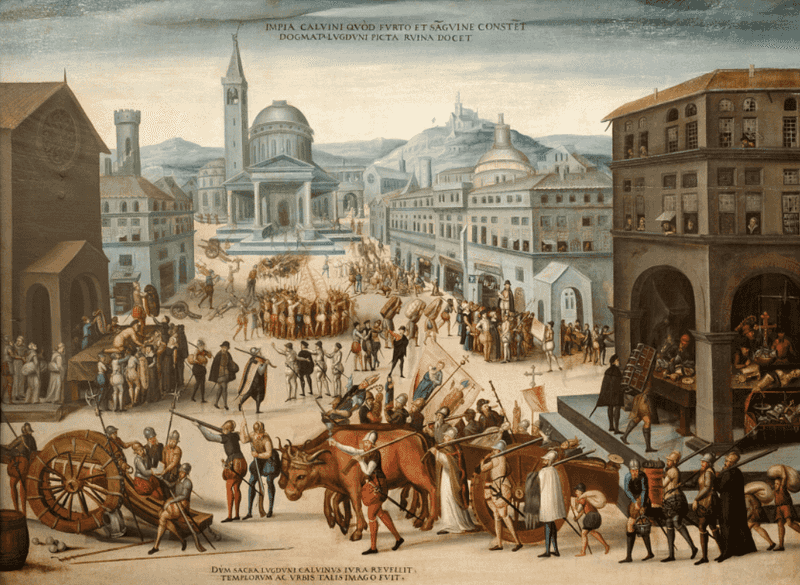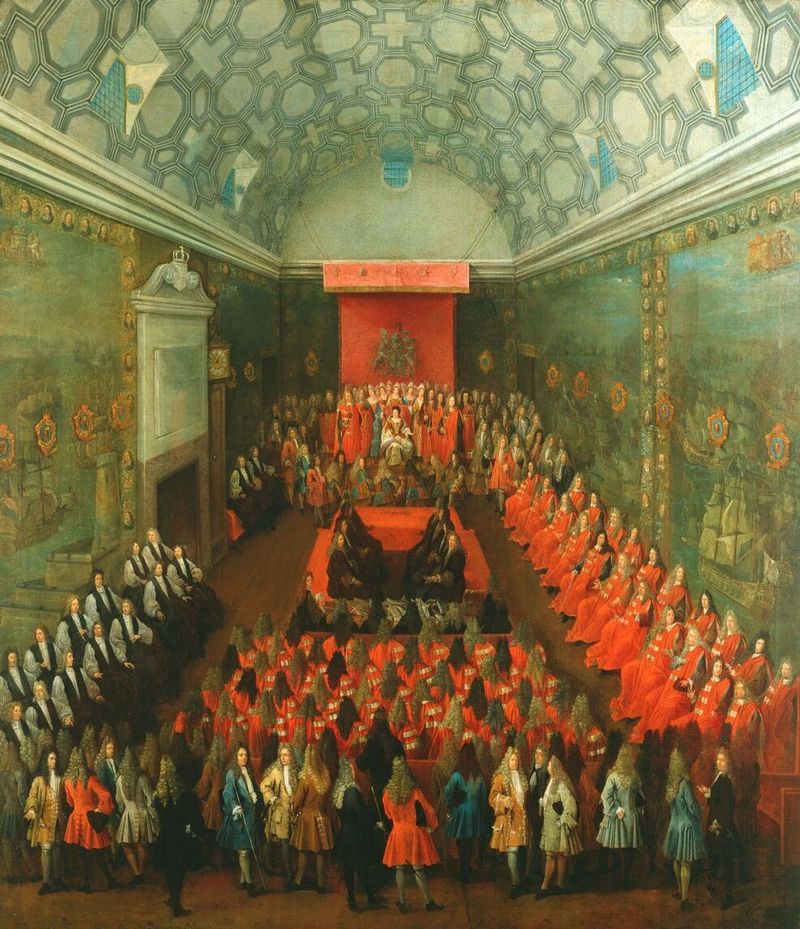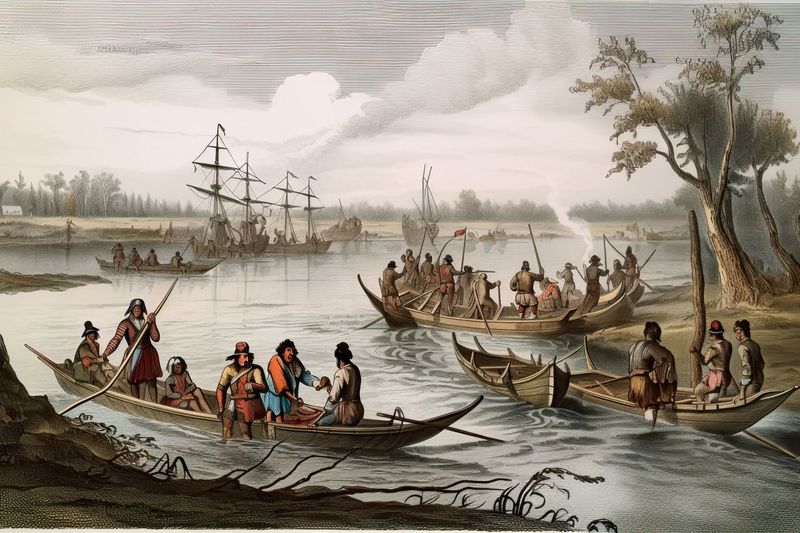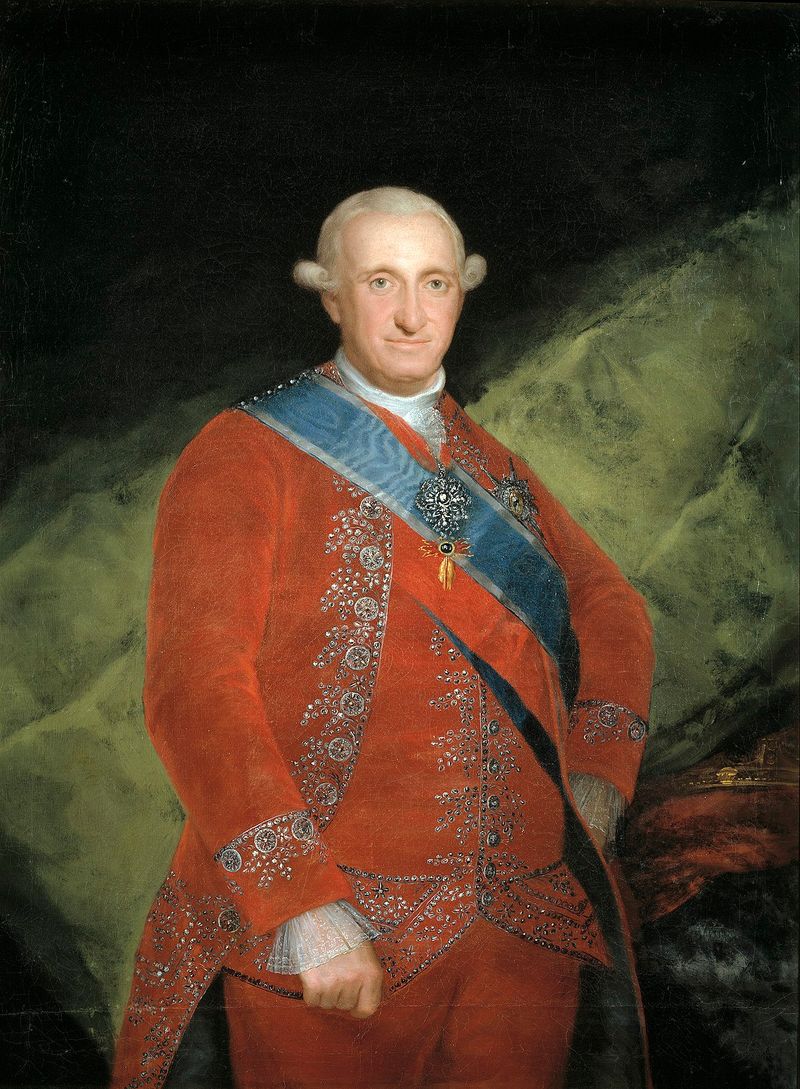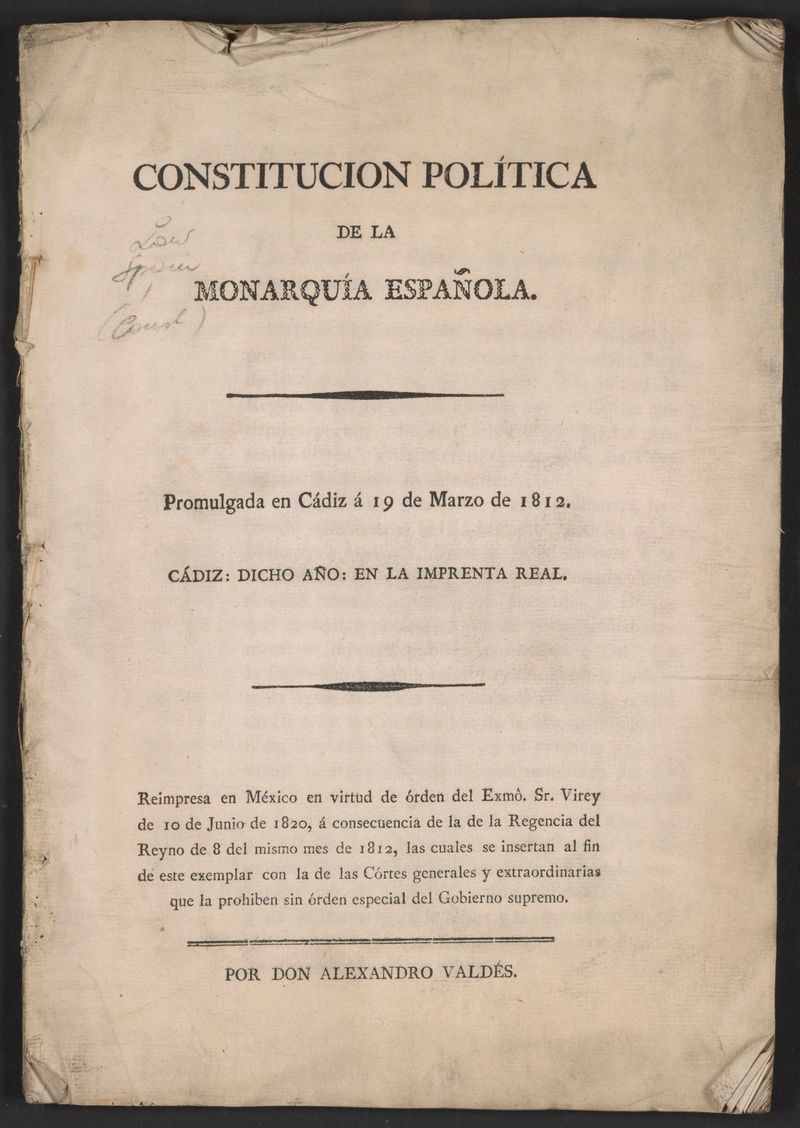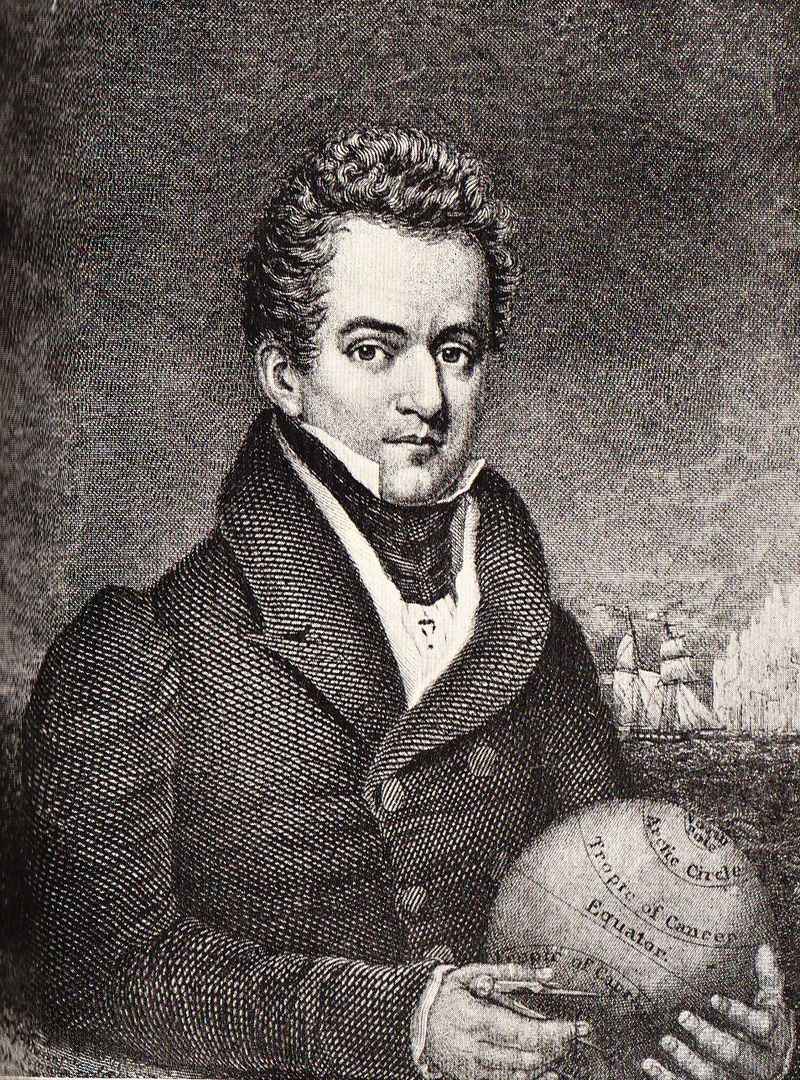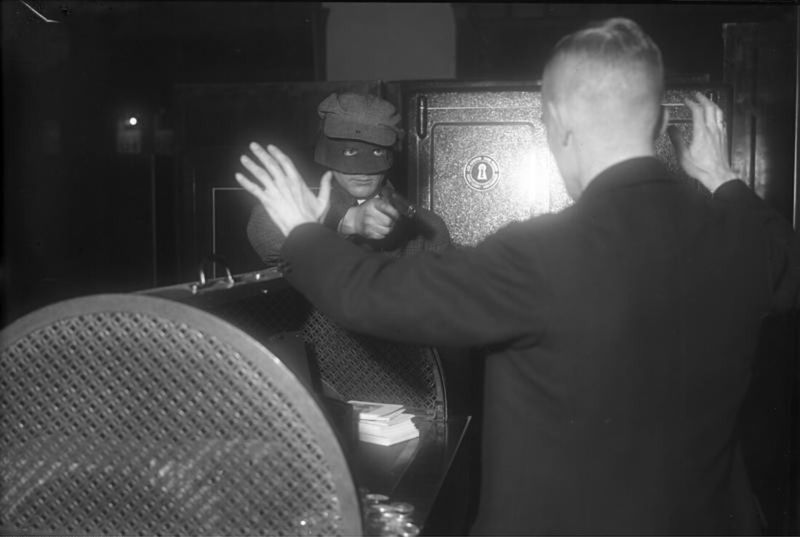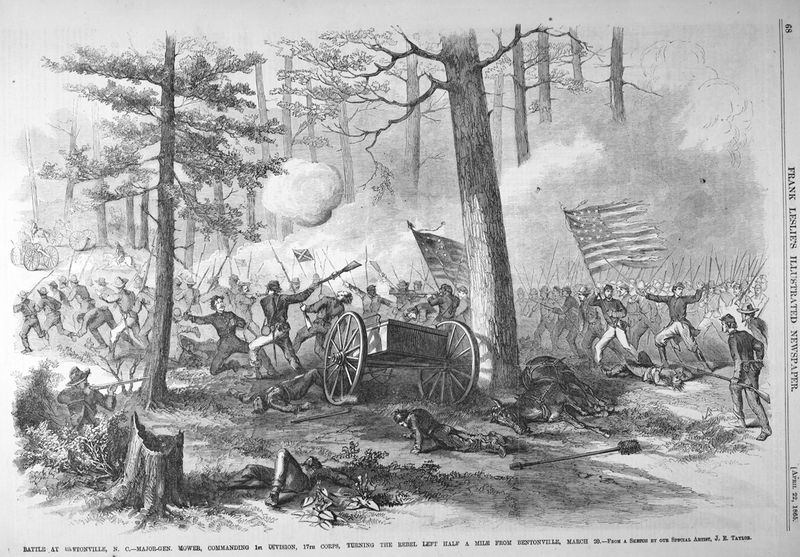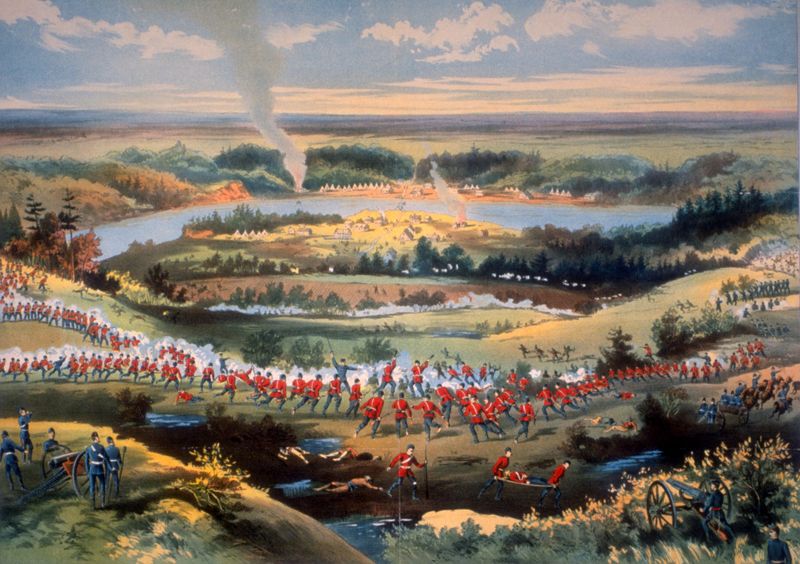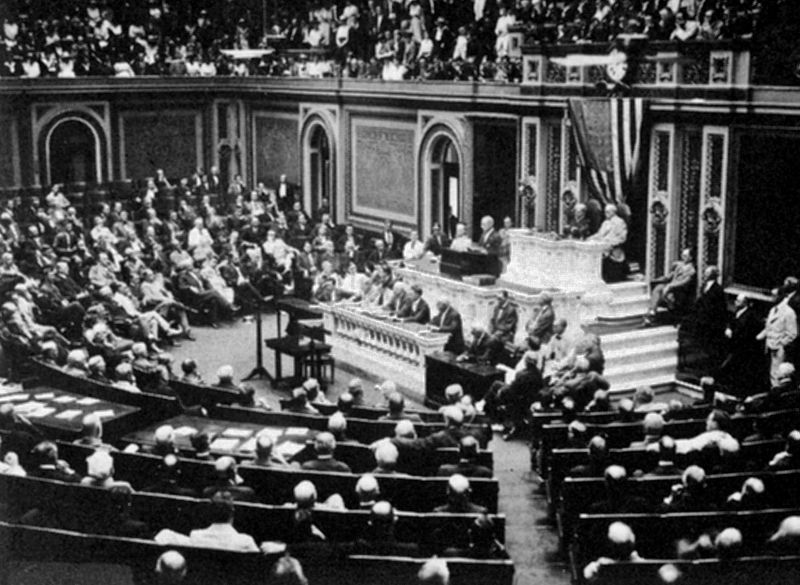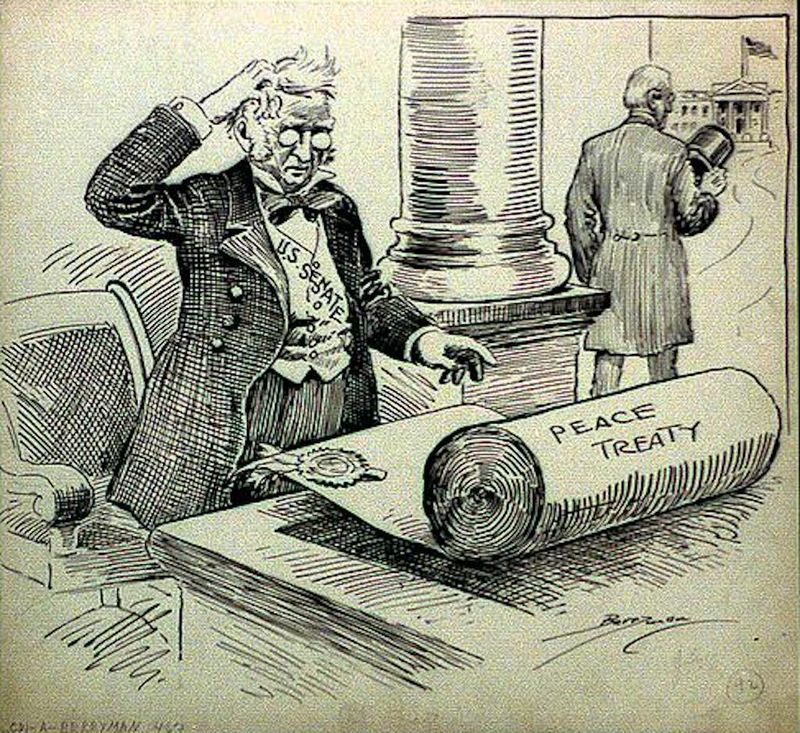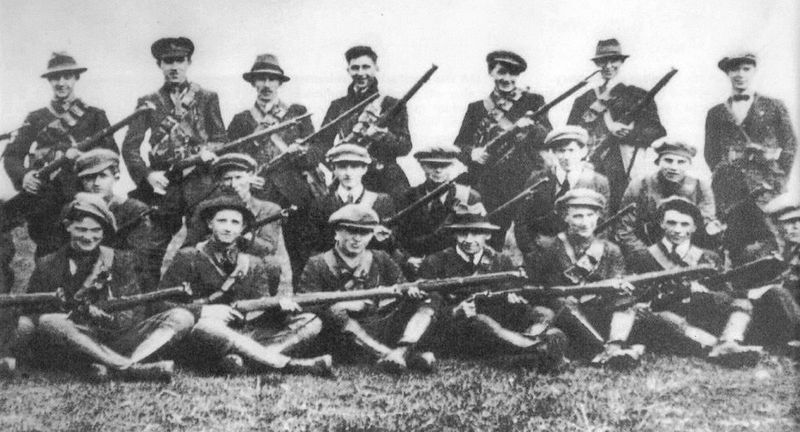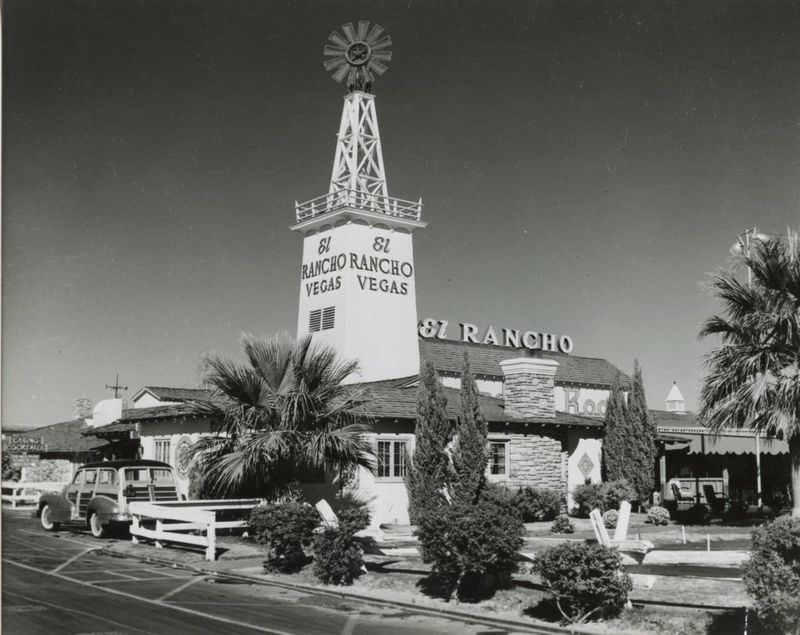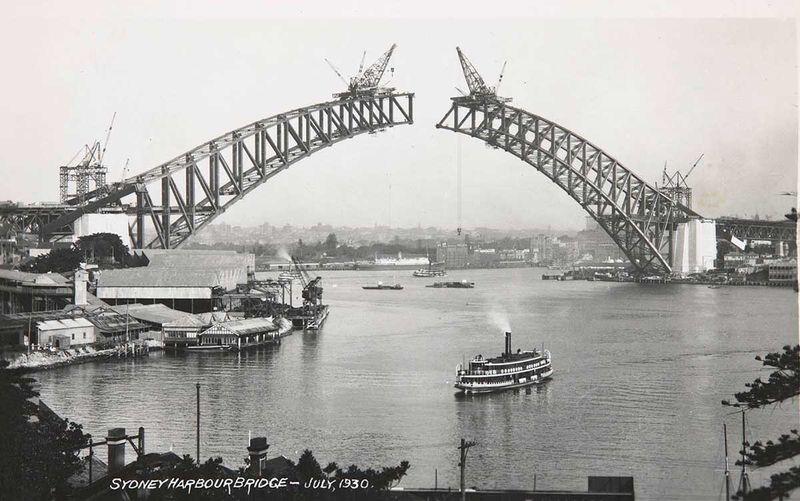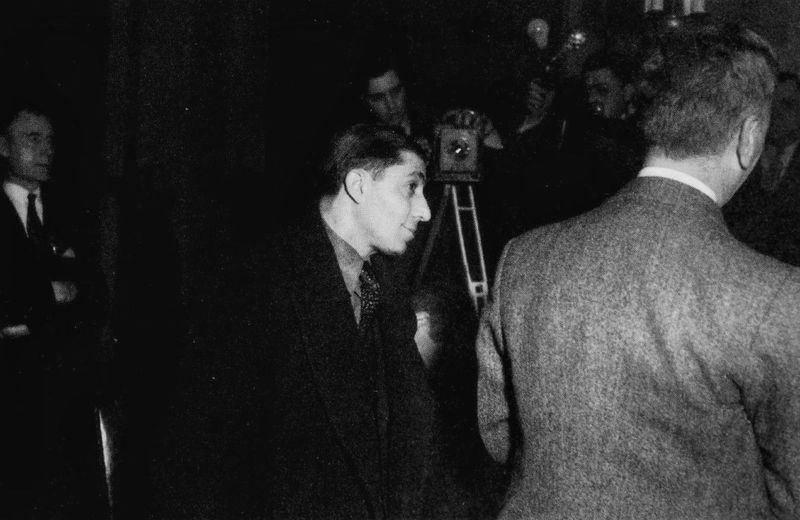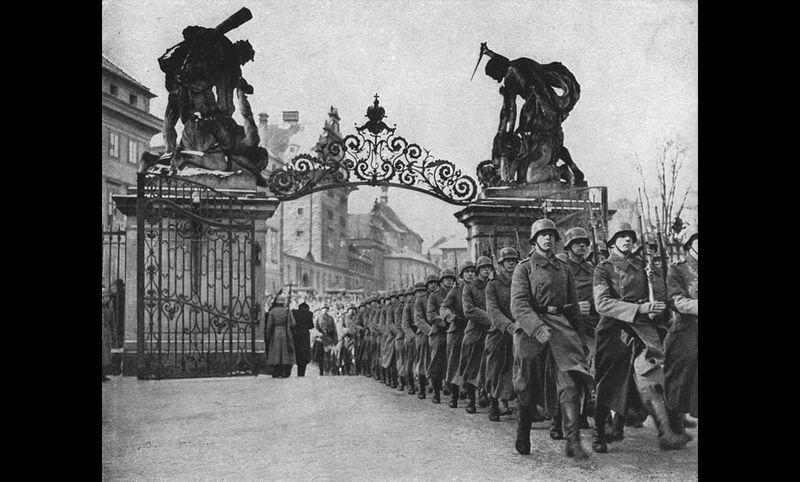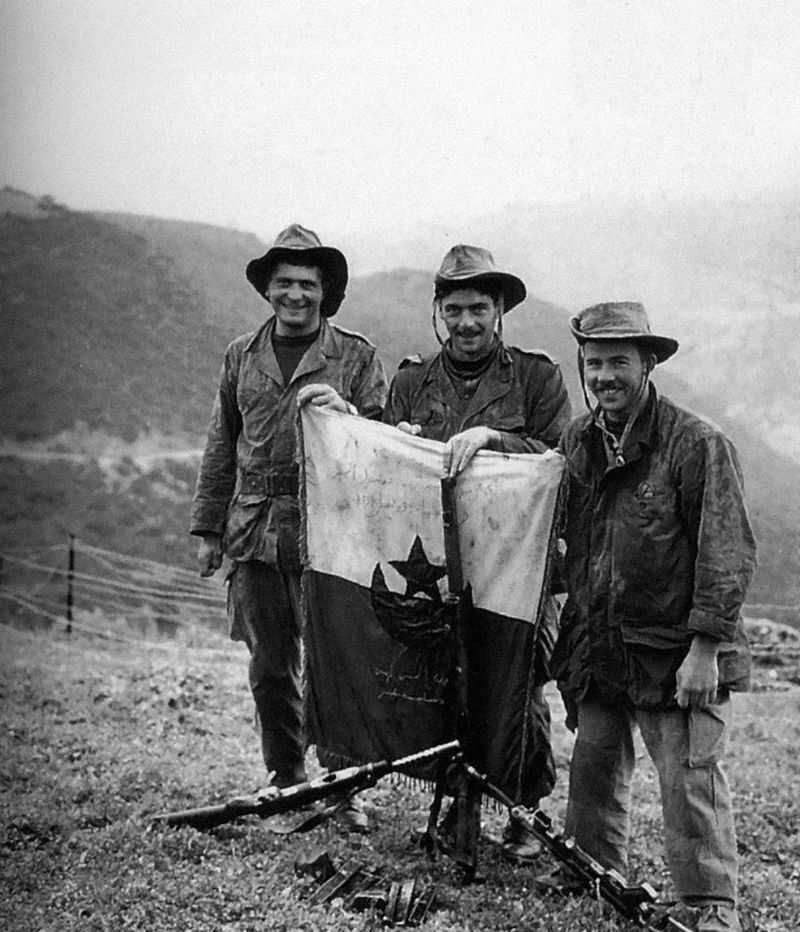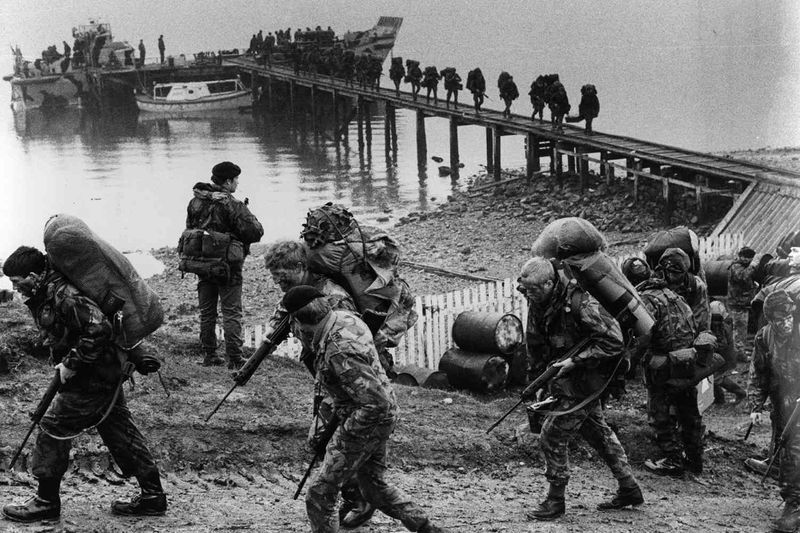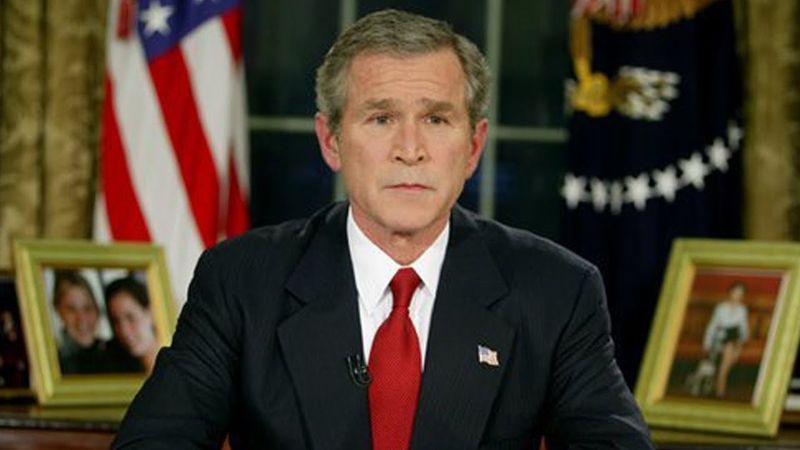March 19th is a noteworthy day in history, marked by significant events spanning centuries.
From treaties and battles to groundbreaking innovations and societal changes, each event highlights a unique facet of human history.
Join us as we explore these notable occurrences that have taken place on this remarkable date.
1. 1277 – The Byzantine–Venetian Treaty is Signed, Establishing a Two-Year Truce
In 1277, a significant treaty between the Byzantine Empire and the Republic of Venice was signed, establishing a two-year truce. This agreement was crucial in stabilizing the region, fostering trade, and allowing both entities to focus on internal affairs.
The signing took place in a grand hall, with representatives from both sides dressed in traditional medieval attire.
This treaty underscored the importance of diplomacy in medieval politics, as well as the ongoing struggle for power and influence in the Mediterranean. The truce enabled Venice to expand its trade networks, benefiting economically from the peace.
2. 1279 – The Mongol Victory at the Battle of Yamen Ends the Song Dynasty in China
March 19, 1279, marked the end of the Song Dynasty in China with the Mongol victory at the Battle of Yamen. This naval battle was a pivotal moment in Chinese history, as the Mongol forces decisively defeated the Southern Song.
The battle took place on the waters, with numerous ships engaged in fierce combat. The fall of the Song Dynasty led to the unification of China under Mongol rule, ushering in the Yuan Dynasty.
This shift dramatically altered the cultural and political landscape of China, influencing future generations. It served as a testament to the Mongols’ formidable military prowess.
3. 1284 – The Statute of Rhuddlan Incorporates Wales into England
The Statute of Rhuddlan, declared on March 19, 1284, was a significant legislative act by King Edward I of England. It incorporated Wales into the Kingdom of England, effectively ending its status as a separate principality.
This statute laid the foundation for English law in Wales and established administrative structures. The declaration was made amidst the picturesque Welsh landscapes, symbolizing the union.
This incorporation marked a turning point in Welsh history, influencing its culture and governance. The statute’s impact is still evident in modern legal frameworks, highlighting the enduring influence of medieval legislation.
4. 1452 – Frederick III Becomes the Last Holy Roman Emperor Crowned in Rome by a Pope
On March 19, 1452, Frederick III became the last Holy Roman Emperor to be crowned in Rome by the Pope. This event was a significant moment in the history of the Holy Roman Empire, symbolizing the close ties between the papacy and the empire.
The coronation took place in a grand cathedral, filled with dignitaries and adorned with medieval regalia. Frederick’s coronation marked the culmination of a journey that emphasized the empire’s religious and political unity.
It was a ceremony steeped in tradition, reflecting the complex relationship between secular and religious authorities during that era.
5. 1563 – The Edict of Amboise is Signed, Ending the First Phase of the French Wars of Religion
The signing of the Edict of Amboise on March 19, 1563, was a pivotal moment in French history, ending the first phase of the French Wars of Religion. This edict granted limited tolerance to Huguenots, allowing them to practice their faith under specific conditions.
The signing was attended by French nobility, surrounded by religious symbols, highlighting the edict’s significance in easing tensions. It marked a temporary peace between Catholics and Protestants, setting a precedent for religious coexistence.
The edict was an attempt to stabilize France, although conflicts would soon reignite, reflecting the deep religious divisions of the time.
6. 1649 – The English House of Commons Abolishes the House of Lords, Calling it “Useless and Dangerous”
In a bold move on March 19, 1649, the English House of Commons abolished the House of Lords, labeling it “useless and dangerous.”
This decision was part of the English Civil War’s broader struggles, reflecting the tension between parliamentary and royal authorities. The Commons’ chamber buzzed with passionate debates and fervent speeches as members argued for a new political order.
This abolition marked a significant shift in English governance, emphasizing the Commons’ power. Although the Lords were later reinstated, this event underscored the evolving nature of political power and the push for a more representative government.
7. 1687 – Explorer Robert Cavelier de La Salle is Murdered by His Own Men While Searching for the Mississippi River
Tragedy struck on March 19, 1687, when famed explorer Robert Cavelier de La Salle was murdered by his own men during an expedition to find the Mississippi River.
La Salle, known for his bold explorations, had fallen out of favor with his crew due to the harsh conditions and failed promises. The mutiny occurred against a backdrop of dense wilderness, capturing the perilous nature of exploration at the time.
La Salle’s death highlighted the challenges and dangers faced by explorers, as well as the volatile dynamics within expedition teams. His legacy, however, remains as a pioneering figure in North American exploration.
8. 1808 – King Charles IV of Spain Abdicates in Favor of His Son, Ferdinand VII
On March 19, 1808, King Charles IV of Spain abdicated the throne in favor of his son, Ferdinand VII. This transition occurred amidst political turmoil and external pressures from Napoleon’s France.
The abdication was a significant moment in Spanish history, taking place in a royal court filled with nobles and advisors. This event symbolized a shift in power during a critical period, as Spain faced internal strife and foreign invasion.
Ferdinand’s ascension was met with hope, yet his reign would soon be challenged by the Peninsular War, reflecting the complexities of leadership during times of crisis.
9. 1812 – The Cortes of Cádiz Promulgates the Spanish Constitution of 1812
The Spanish Constitution of 1812, promulgated by the Cortes of Cádiz on March 19, 1812, was a landmark document in Spanish history. Known as “La Pepa,” it emphasized liberal principles, including national sovereignty and separation of powers.
Delegates gathered in Cádiz to debate and sign this transformative constitution, marking a move towards modern governance. The constitution was a beacon of hope for reformers, advocating for civil liberties and political rights.
Its influence extended beyond Spain, inspiring movements across Latin America. Despite its short-lived implementation, “La Pepa” left a lasting legacy on Spanish constitutional law.
10. 1824 – American Explorer Benjamin Morrell Departs Antarctica After a Controversial Voyage
In 1824, American explorer Benjamin Morrell departed Antarctica after a controversial voyage marked by disputed discoveries. His journey, aboard a sturdy vessel, navigated treacherous icy waters, capturing the imagination of future explorers.
Morrell’s claims of sighting new lands were met with skepticism, sparking debates within the scientific community. The crew, bundled against the cold, embarked on the return journey, leaving behind the enigmatic continent.
Morrell’s expedition highlighted the era’s spirit of exploration, albeit shadowed by contentious assertions. His accounts, though questioned, contributed to the lore of Antarctic exploration, inspiring adventurers to seek the unknown.
11. 1831 – The First Documented Bank Heist in U.S. History Occurs, With Burglars Stealing $245,000 from City Bank
The first documented bank heist in U.S. history occurred on March 19, 1831, when burglars stole $245,000 from New York City’s City Bank. This audacious crime shook the nation, taking place in the bustling heart of the city.
Investigators were left baffled as they examined the ransacked vault and scattered bills. The heist highlighted security vulnerabilities in financial institutions, prompting reforms and heightened protections.
It captivated the public’s imagination, leading to widespread media coverage. The crime remains a notable event in banking history, illustrating the ongoing battle between law enforcement and clever criminals seeking fortune.
12. 1865 – The Battle of Bentonville Begins During the American Civil War
The Battle of Bentonville, which began on March 19, 1865, was one of the last major battles of the American Civil War. Fought in North Carolina, it saw Union and Confederate forces clashing on a foggy battlefield.
This encounter was a desperate attempt by Confederate General Joseph Johnston to halt Union General William T. Sherman’s advance. The battle unfolded amidst muddy terrain and dense woods, with both sides vying for strategic advantage.
Despite initial Confederate resistance, Union forces ultimately prevailed. This battle underscored the war’s waning days, leading to the eventual surrender of Confederate forces.
13. 1885 – Louis Riel Declares a Provisional Government in Saskatchewan, Sparking the North-West Rebellion
On March 19, 1885, Louis Riel declared a provisional government in Saskatchewan, igniting the North-West Rebellion. This move was a response to grievances among the Métis and Indigenous peoples regarding land rights and government neglect.
Riel, a charismatic leader, addressed his followers with fervor, standing against oppressive policies. The declaration took place in the rugged landscapes of the Canadian Prairies.
This rebellion highlighted the tensions between settlers and the government, leading to a series of conflicts. Riel’s leadership and the rebellion itself remain significant in Canadian history, symbolizing the struggle for justice and recognition of Indigenous rights.
14. 1918 – The U.S. Congress Establishes Time Zones and Approves Daylight Saving Time
On March 19, 1918, the U.S. Congress made a landmark decision to establish time zones and approve daylight saving time. This act aimed to synchronize timekeeping across the nation, facilitating commerce and communication.
The congressional session was abuzz with discussions as lawmakers debated the benefits of this new system. By standardizing time, the U.S. embraced modernity and efficiency, adapting to the needs of an industrialized society.
Daylight saving time was introduced to conserve energy during wartime, a practice that continues to this day. This legislation marked a significant step in unifying the country’s temporal landscape.
15. 1920 – The U.S. Senate Rejects the Treaty of Versailles for the Second Time
In 1920, the U.S. Senate rejected the Treaty of Versailles for the second time, a decision with far-reaching implications. This rejection was a blow to President Woodrow Wilson’s vision for a League of Nations.
Senators, gathered in the chamber, engaged in heated debates over national sovereignty and international obligations. Newspaper headlines announced the Senate’s decision, reflecting the nation’s divided stance.
The rejection of the treaty underscored isolationist sentiments prevailing in post-World War I America. It marked a pivotal moment in U.S. foreign policy, shaping the country’s approach to international relations for years to come.
16. 1921 – Irish War of Independence: The Battle of Crossbarry Takes Place in County Cork
The Battle of Crossbarry, fought on March 19, 1921, was a crucial engagement in the Irish War of Independence. Taking place in County Cork, it saw Irish forces successfully ambush a larger British column.
The battle unfolded amidst the rural landscapes of Ireland, where local knowledge gave the Irish a strategic edge. This victory boosted the morale of the Irish Republican Army and demonstrated their resilience.
The battle’s significance lay in its demonstration of effective guerrilla warfare tactics, shaping the course of the independence struggle. It remains a celebrated moment in Irish history, symbolizing the fight for sovereignty.
17. 1931 – Nevada Legalizes Gambling, Paving the Way for Las Vegas’ Future Boom
On March 19, 1931, Nevada legalized gambling, a decision that transformed the state into a haven for gaming enthusiasts. This legal change paved the way for Las Vegas to become a booming entertainment capital.
The streets buzzed with excitement as casino signs lit up, attracting crowds eager to partake in the new opportunities. The legalization was a response to the Great Depression’s economic challenges, aiming to boost the state’s economy.
This move laid the foundation for Nevada’s gaming industry, creating jobs and attracting tourists. It marked the beginning of a transformative era for Las Vegas and the entire state.
18. 1932 – The Sydney Harbour Bridge is Officially Opened
March 19, 1932, witnessed the grand opening of the Sydney Harbour Bridge, an engineering marvel and iconic symbol of Australia. The ceremony was a momentous occasion, with crowds gathering to witness the completion of this monumental project.
Flags waved in celebration as dignitaries inaugurated the bridge, which connected the bustling city of Sydney. The bridge’s construction showcased remarkable engineering prowess, overcoming numerous challenges.
It became an enduring symbol of Australia’s progress and resilience. Today, the Sydney Harbour Bridge stands as a testament to human ingenuity, continuing to serve as a vital transportation link and tourist attraction.
19. 1943 – Chicago Mob Boss Frank Nitti Commits Suicide at the Chicago Central Railyard
On March 19, 1943, notorious Chicago mob boss Frank Nitti committed suicide at the Chicago Central Railyard. This dramatic event unfolded amidst looming legal troubles and increased law enforcement pressure.
Nitti, facing the possibility of imprisonment, chose to end his life in a secluded area of the railyard, where trains roared past. His death marked the end of an era for the Chicago Outfit, a powerful crime syndicate.
Nitti’s demise highlighted the intense pressures within organized crime and the relentless pursuit by authorities. It remains a notable episode in the history of American organized crime.
20. 1944 – World War II: Germany Occupies Hungary
In a strategic move during World War II, Germany occupied Hungary on March 19, 1944. This occupation was a response to Hungary’s attempts to negotiate an armistice with the Allies.
German troops, accompanied by tanks, marched into the streets, asserting control over the country. The occupation marked a turning point in Hungarian history, affecting its wartime alliances and internal politics.
It led to increased persecution of Jews and resistance efforts within Hungary. The event underscored the complexities of wartime diplomacy and the far-reaching impact of Nazi Germany’s territorial ambitions. It remains a somber chapter in Hungary’s history.
21. 1945 – Hitler Issues the “Nero Decree,” Ordering the Destruction of German Infrastructure
On March 19, 1945, Adolf Hitler issued the “Nero Decree,” commanding the destruction of German infrastructure to prevent its use by advancing Allied forces. This directive reflected Hitler’s scorched-earth policy, prioritizing destruction over preservation.
Surrounded by military officers and maps, Hitler’s decision was a desperate act as Germany faced imminent defeat. The decree’s implementation varied, with some officials refusing to comply fully.
It emphasized the chaotic final days of the Nazi regime, where loyalty and survival clashed. The “Nero Decree” highlighted the destructive nature of total war and its impact on Germany’s future reconstruction.
22. 1946 – French Guiana, Guadeloupe, Martinique, and Réunion Become Overseas Departments of France
On March 19, 1946, French Guiana, Guadeloupe, Martinique, and Réunion were officially designated as overseas departments of France. This change marked a significant shift in the relationship between these territories and mainland France.
Celebrations erupted, with flags waving and people donning traditional dress to mark the occasion. Becoming overseas departments meant greater integration into the French Republic, with residents gaining full citizenship and representation.
This transition reflected France’s post-war efforts to maintain colonial ties while promoting equality and development. The decision had a lasting impact on the cultural and political landscape of these regions.
23. 1958 – The Monarch Underwear Company Fire Leaves 24 Dead in New York City
Tragedy struck on March 19, 1958, when a devastating fire engulfed the Monarch Underwear Company factory in New York City, claiming 24 lives. Firefighters battled the intense blaze, with smoke billowing into the sky.
The fire highlighted critical issues in industrial safety and building regulations, prompting calls for reform. This disaster underscored the need for improved fire safety measures and worker protections.
The aftermath led to increased scrutiny of factory conditions and spurred legislative changes to enhance safety standards. The fire remains a somber reminder of the importance of workplace safety and vigilance.
24. 1962 – The Algerian War of Independence Ends
The Algerian War of Independence concluded on March 19, 1962, marking a momentous occasion in the nation’s history. Celebrations erupted across Algeria, with crowds waving flags and expressing joy.
The end of the war signified the conclusion of a brutal conflict against French colonial rule, leading to Algeria’s independence. This victory was a triumph for the National Liberation Front, which had waged a relentless struggle for freedom.
The war’s end ushered in a new era for Algeria, filled with challenges and opportunities. It remains a pivotal moment in the history of decolonization and the pursuit of self-determination.
25. 1979 – The U.S. House of Representatives Begins Broadcasting Proceedings on C-SPAN
On March 19, 1979, the U.S. House of Representatives began broadcasting its proceedings on C-SPAN, marking a new era of transparency in government.
Cameras and equipment were set up in the chamber, capturing debates and discussions for the public. This move aimed to make the legislative process more accessible, fostering greater civic engagement.
The introduction of C-SPAN changed how Americans interacted with their government, providing an unfiltered view of congressional activities.
It underscored the importance of transparency and accountability in democracy, paving the way for similar initiatives in other governmental bodies.
26. 1982 – The Falklands War Begins as Argentine Forces Land on South Georgia Island
The Falklands War commenced on March 19, 1982, when Argentine forces landed on South Georgia Island. This military action marked the beginning of a conflict between Argentina and the United Kingdom over territorial sovereignty.
Argentine soldiers, supported by military ships, disembarked onto the island, asserting control. The invasion was part of Argentina’s broader strategy to reclaim the Falkland Islands, a move that led to escalating tensions.
The war had far-reaching implications, affecting diplomatic relations and military strategies. It remains a significant chapter in the history of both nations, highlighting the complexities of territorial disputes.
27. 1990 – The Ethnic Clashes of Târgu Mureș Erupt in Romania
In March 1990, Târgu Mureș, Romania, became the site of violent ethnic clashes between Romanian and Hungarian communities. These tensions erupted amidst the post-communist transition, as longstanding grievances came to the fore.
Crowds gathered, with barricades erected in the streets, reflecting the deep-seated animosities. This conflict highlighted the challenges of ethnic coexistence and the legacies of division within Eastern Europe.
Efforts to mediate the situation underscored the need for dialogue and understanding. The events of Târgu Mureș remain a cautionary tale, emphasizing the importance of addressing ethnic tensions in a diverse society.
28. 2003 – U.S. President George W. Bush Announces the Invasion of Iraq
On March 19, 2003, U.S. President George W. Bush announced the invasion of Iraq, a pivotal moment in international relations. Standing at a presidential podium, with flags behind him, Bush addressed the nation, stating the reasons for military action.
This announcement marked the beginning of a controversial war, aimed at dismantling Iraq’s alleged weapons of mass destruction. The invasion had profound consequences, affecting global politics and security dynamics.
It sparked widespread debate over international intervention and the ethics of war. This decision remains a defining moment in early 21st-century history, shaping the geopolitical landscape.
29. 2011 – French Airstrikes Mark the Start of Foreign Military Intervention in Libya
On March 19, 2011, French airstrikes marked the beginning of foreign military intervention in Libya. This action, part of a broader coalition effort, aimed to enforce a no-fly zone and protect civilians during the Libyan Civil War.
French jets, seen soaring through the sky, launched targeted strikes against military targets, signaling international involvement. The intervention underscored the global community’s response to humanitarian crises and the complexities of military action.
It highlighted the challenges of balancing international law with the need to prevent atrocities. The Libyan intervention remains a significant event in the context of Middle Eastern conflicts.
30. 2023 – The Swiss Government Brokers a Deal for UBS to Buy Credit Suisse Amid Banking Crisis
In 2023, the Swiss government brokered a deal for UBS to acquire Credit Suisse amid a banking crisis. This agreement came as a response to financial instability threatening the Swiss banking sector.
Government officials and banking executives gathered in a negotiation room to finalize the terms, aiming to bolster confidence in the financial system.
The deal represented a significant consolidation within the banking industry, addressing concerns over liquidity and risk management. It highlighted the role of governmental intervention in stabilizing economies during crises.
This event underscored the interconnectedness of global financial institutions and the importance of regulatory oversight.
